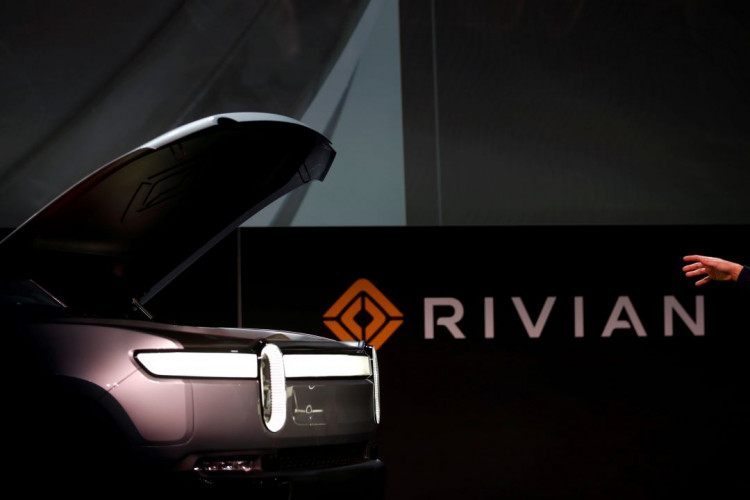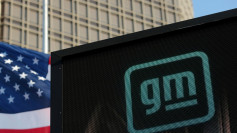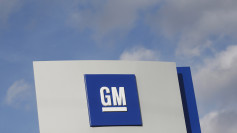The electric vehicle startup Rivian submitted a patent, which aims to protect passengers and drivers from toxic materials through the use of in-vehicle systems and autonomous driving technology. The patent raises similarities to the Bioweapon Defense Mode of Tesla when it comes to protecting the occupants of the vehicle from the harmful environment. But, the patent that Rivian filed is a more advanced level.
In Jun.11, 2019, Rivian filed a patent titled "Systems and Methods for Operating an Autonomous Vehicle in a Presence of Hazardous Materials." The patent wants Rivian vehicles, particularly the Rivian R1T, to recognize whenever a hazardous material is present inside and around the car. The system would make the necessary steps to prevent passengers from getting exposed to hazardous materials.
Based on the description, the Rivian vehicle would utilize a gas sensor to determine if harmful chemicals are inside the cabin. Simple steps, such as increasing air ventilation or opening windows, would be executed. But, if neither of those steps solves the issue, the Rivian vehicle would identify a modified route to a safer destination.
Current autonomous vehicle technology allows an autonomous vehicle to transport passengers between destinations without being directly controlled by a human driver. However, due to an absence of a driver, an autonomous vehicle may encounter unexpected or unusual circumstances that the autonomous vehicle may not be able to autonomously handle or mitigate. For example, the interior of the autonomous vehicle may become unpleasant or even unsafe due to presence of hazardous or biohazardous material. Current autonomous vehicles are unable to properly respond to such an occurrence, leading to an unpleasant or dangerous experience for an occupant.
In other words, the Rivan vehicle would include emergency stops or change the active destination and route with alternatives that could consist of a clean-up facility or first responders. The patent also comes with a diagram that shows the decision-making process of the vehicle. Additionally, it details several scenarios that could happen if the vehicles detect the presence of toxic or hazardous materials.
The new Rivian patent shares some similarities with the Bioweapon Defense Mode of Tesla, which was first introduced in Tesla Model X. Unlike Rivian's patent, Tesla's Bioweapon Defense Mode does not operate automatically. However, it gives passengers a hospital-grade air purification system.
The feature came very handy, especially for California owners who experienced wildfires in Oct 2019. The system of the electric vehicle giant uses a massive HEPA air filter responsible for removing 99.97 percent of gaseous pollutants and fine particulate matter that protects the driver from contamination happening outside the vehicle. A system that could sense hazardous and toxic materials in the vehicle's cabin could be very beneficial to the driver and passengers of the vehicle.
However, it is worth mentioning that this is just a patent, and there is no way that it proves that it will soon end up in Rivian vehicles.




